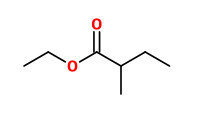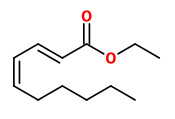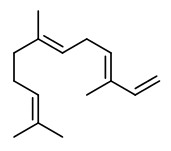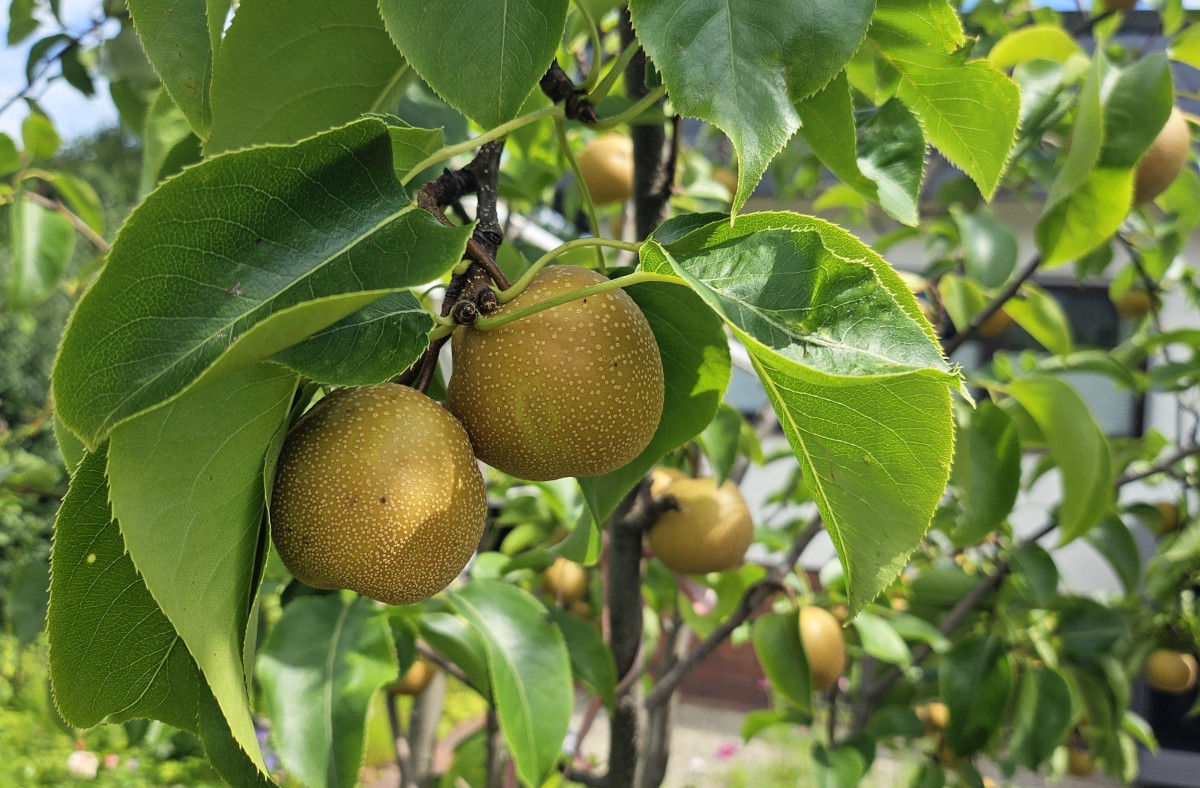Dies ist eine alte Version des Dokuments!
Pyrus pyrifolia (Burm.) Nak. - syn.Pyrus serotina Rehder - Rosaceae
沙梨 sha li (chin.), ナシ (梨) nashi (jap.), nashi pear, China pear, Asian pear, Nashi-Birne, China-Birne
Tree, up to 15m high, native to China, Laos and Vietnam, cultivated elsewhere; flowers white; fruit subglobose, brownish with pale dots, 3.5-5.5 cm in diam. http://www.efloras.org/florataxon.aspx?flora_id=2&taxon_id=200011195
„Along with cultivars of P. × bretschneideri and P. ussuriensis, the fruit is also called the nashi pear.“ Wikipedia
 ethyl 2-methylbutanoate (apple-peel like) |  ethyl-(2E,4Z)-decadienoate (pear green) |  (E,E)-α-farnesene (woody green) |
Dynamic headspace sampling of vacuum steam distillated extracts of intact and blended Asian pear fruits showed ethyl propanoate, ethyl butanoate, ethyl hexanoate, butyl acetate, ethyl 2-methylbutanoate, hexyl acetate, ethyl octanoate, ethyl (Z)-4-decenoate, and ethyl (E,Z)-2,4-decadienoate as the main components. Calculated OAV indicated that most important contributors to Asian pear aroma are (OAV): ethyl 2-methylbutanoate (37000), ethyl hexanoate (9427), ethyl butanoate (4756), ethyl 2-methylpropanoate (760), hexyl acetate (492), ethyl heptanoate (39), hexanal (37), ethyl pentanoate (27), ethyl propanoate (26), 3-methylbutylacetate (13), butyl acetate (13), (E)-2-hexenal (7), ethyl octanoate (6), ethyl (E,Z)-2,4-decadienoate (6), and octyl acetate (3).
„Due to its particularly low odor threshold of 0.006 ppb, ethyl 2-methylbutanoate appears to be an important contributor to pear aroma… Analysis of fresh pear extract obtained by vacuum SDE revealed that ethyl 2-methyl-butanoate occurred in exclusively the S(+) configuration. Earlier studies had shown that this important ester is also present in exclusively the S(+) configuration in pineapple (Takeoka et al., 1990) and predominantly in the S(+) configuration in Granny Smith apples (Mosandl et al., 1991).“
[Volatile constituents of Asian pear (Pyrus serotina)., Takeoka, G. R., Buttery, R. G., Flath, R. A., Journal of Agricultural and Food Chemistry, Vol.40(10), 1992, 1925-1929]

Pyrus pyrifolia, Berlin, Germany (2025) © Christiane Lange CC BY-SA 4.0 inaturalist.org
